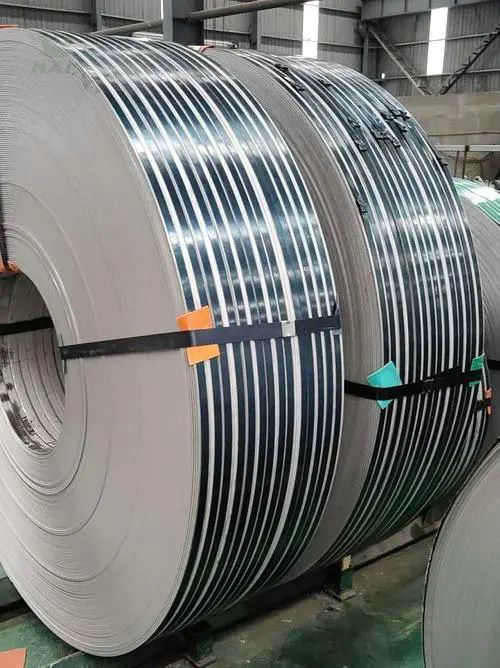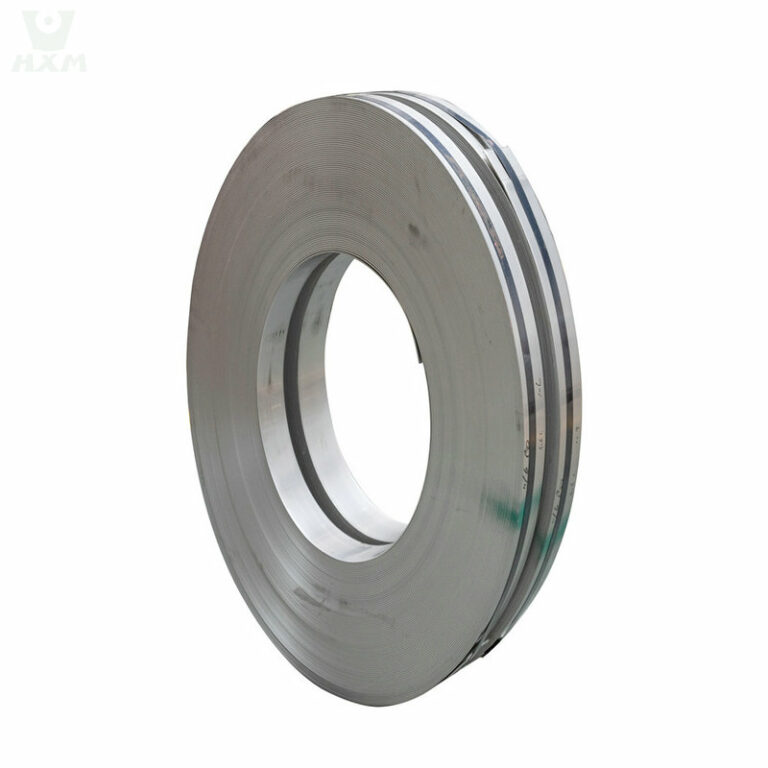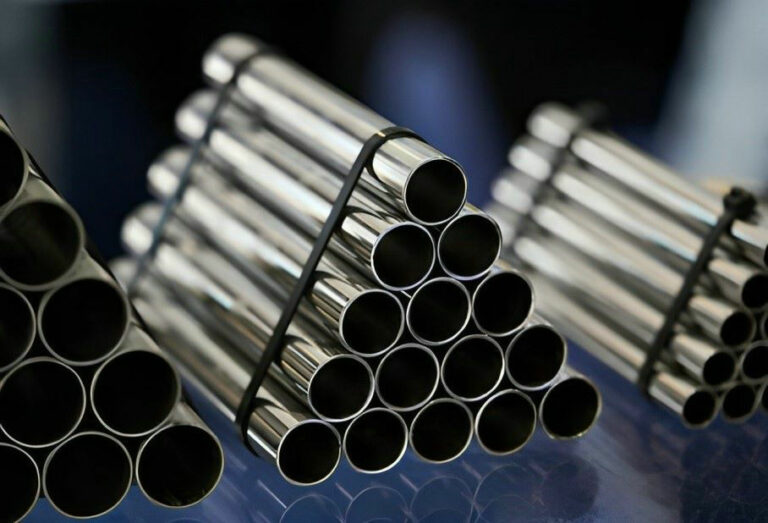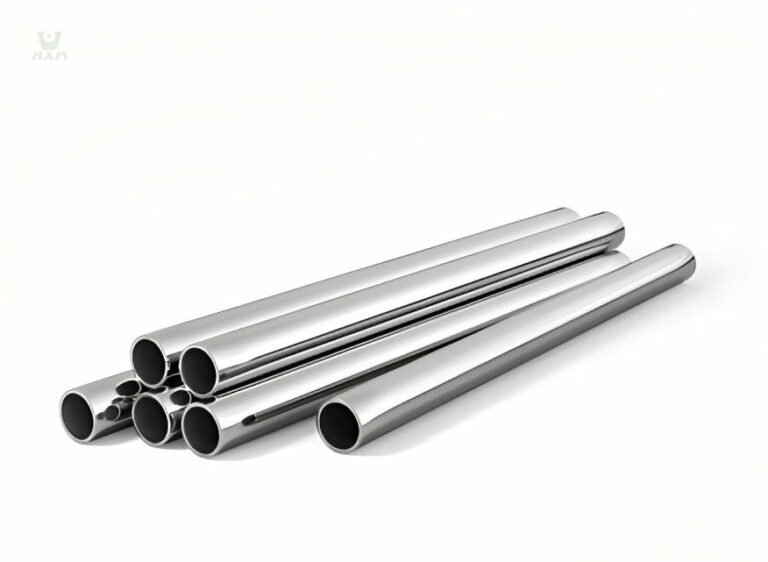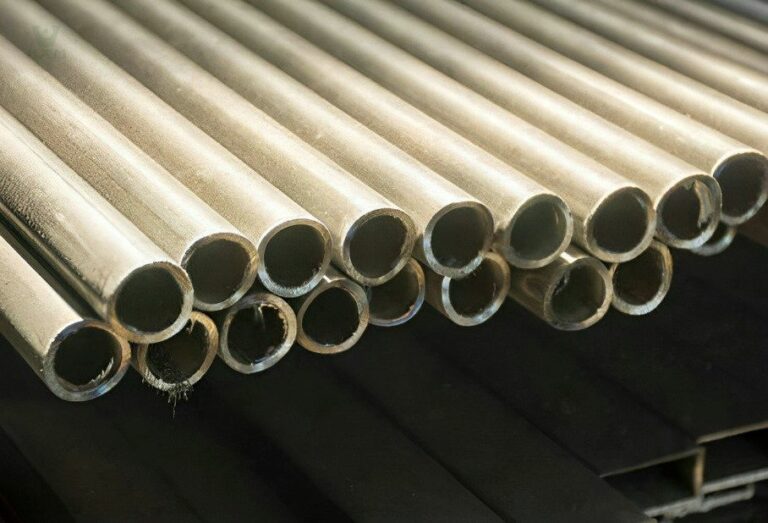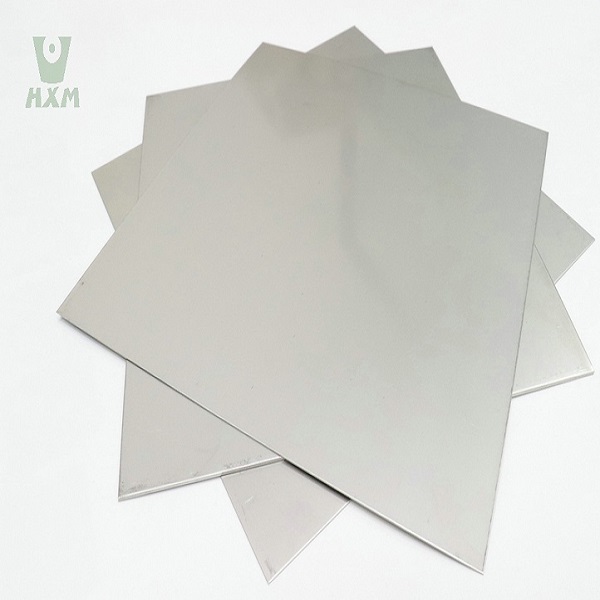440 Stainless Steel Sheets and Plates Supplier

Do you have any questions about our products or are you looking for a professional 440C stainless steel sheets supplier?
Specifications: 440 Stainless Steel, 440C-1.4125, ASTM A276, ASME SA 480, S44004/440C, 0.95-1.20; EN10088, X105CrMo17/1.4125, 0.95-1.20; JIS G4303, SUS 440C
Features: High hardness and excellent wear resistance, with moderate corrosion resistance.
Thickness: 1.2mm~200mm;
Width: 1000mm, 1219mm, 1500mm, etc;
Length: 2000mm, 2440mm, 3000mm, etc
Finish: 2B, 2D, Black, NO.1, Anneal pickling
Certification: ISO9001:2015
MOQ: 2MT
Payment method: T/T, LC
Price: Inquiry 440C stainless steel Price Per Pound Now
440 Stainless Steel Sheets And Plates Data Sheet
Grade Description of 440 stainless steel in Different Standard
| ISO Name | ASTM | DIN / EN | JIS | GB | Other |
| X105CrMo17 | 440C | 1.4125 | SUS440C | 9Cr18Mo | UNS S44004 |
Chemical Composition of 440 stainless steel in Different Standard
| 440 | C % | Si % | Mn % | P% | S% | Cr% | Ni% | Mo% |
| ASTM | 0.95-1.20 | ≤ 1.0 | ≤ 1.0 | ≤ 0.04 | ≤ 0.03 | 16.0-18.0 | ≤ 0.75 | ≤ 0.75 |
| JIS | 0.95-1.20 | ≤ 1.0 | ≤ 1.0 | ≤ 0.04 | ≤ 0.03 | 16.0-18.0 | ≤ 0.60 | _ |
| EN | 0.95-1.20 | ≤ 1.0 | ≤ 1.0 | ≤ 0.04 | ≤ 0.03 | 16.0-18.0 | ≤ 0.75 | _ |
| GB | 0.95-1.20 | ≤ 1.0 | ≤ 1.0 | ≤ 0.04 | ≤ 0.03 | 16.0-18.0 | ≤ 0.60 | ≤ 0.75 |
Mechanical Properties of 440 stainless steel in Different Standard
| Mechanical Properties | T.S.(MPa) | Y.S.(MPa) | EL.(%) | HB | HRB | HBW | HV |
| 440 stainless steel | ≥ 965 | ≥ 635 | ≥ 12 | ≤ 248 | ≤ 89 | ≤ 260 | ≤ 270 |
Note: The parameters are for reference only, and the specific parameters should also be based on the data provided by the actual manufacturer.
T.S. stands for tensile strength, Y.S. stands for yield, L. stands for elongation, HB stands for Brinell hardness, HRB stands for Rockwell hardness B, HBW stands for Brinell hardness W, and HV stands for Vickers hardness.
Physical Properties of 440 stainless steel in Different Standard
| 440 | Density (g/cm³) | Melting point (℃) | Thermal conductivity (W/m-K) | Coefficient of thermal expansion (10^-6/K) |
| ASTM | 7.7 | 1480-1530 | 24.2 | 10.4 |
| JIS | 7.7 | 1370-1450 | 24.2 | 11 |
| EN | 7.7 | 1360-1430 | 23 | 10.8 |
| GB | 7.7 | 1360-1430 | 23 | 10.8 |
We are the most trusted Stockist of 440C(S44004/Din-1.4125) Stainless Steel Sheets&Plates, we adapt specific needs of the clients before Supplying 440c Stainless Steel Plate, Contact Us to View Price
Features of 440 Stainless Steel Sheets& Plates
- High Hardness and Wear Resistance: 440 stainless steel offers excellent hardness and wear resistance after quenching.
- Excellent Corrosion Resistance: 440 stainless steel resists corrosion in atmospheric conditions, water, acids, and saline solutions.
- High Strength and Toughness: 440 stainless steel withstands significant forces and pressures without fracturing.
- Good Machinability: 440 stainless steel is easily processed despite its high hardness.
- Excellent High-Temperature Dimensional Stability: 440 stainless steel maintains stability and shape at high temperatures.
Application of 440 Stainless Steel Sheets& Plates
High-End Cutlery Manufacturing: Due to its high hardness and excellent wear resistance, 440 stainless steel sheets are often used in manufacturing high-end kitchen knives, hunting knives, and industrial cutting tools. This type of stainless steel sheet can maintain blade sharpness and resist wear during daily use, ensuring long-lasting durability of the tools.
Jewelry Making: 440 stainless steel sheets have good gloss and corrosion resistance, making them suitable for crafting jewelry such as rings and necklaces. They can maintain a long-lasting attractive appearance, adding unique charm to the jewelry.
Marine Engineering and Shipbuilding: In marine environments, materials need to withstand corrosion from saltwater and the impact of waves. 440 stainless steel sheets are commonly used in the manufacturing of marine engineering structures, ship components, and diving equipment due to their excellent corrosion resistance, ensuring stable operation in harsh marine environments.
Precision Machinery and Components: With its high strength and excellent machining properties, 440 stainless steel sheets find widespread applications in the field of precision machinery manufacturing. They can be used to manufacture high-precision components, bearings, gears, etc., ensuring the stability and reliability of mechanical equipment.
Stainless Steel Sheets Supplier ——HUAXIAO
Thank you very much for taking the time to focus on our product – 440 stainless steel sheets. We deeply understand that choosing the right material is crucial for your project, so we are committed to providing you with the highest quality stainless steel solutions.
Here, I would like to introduce our company – Huaxiao Stainless Steel. As a company that has been in the stainless steel export trade for over 15 years, we have rich experience and professional knowledge. Our product line not only includes high-quality stainless steel sheets, but also various forms such as stainless steel coils, pipes, bars, wires, and strips to meet your diverse needs.
We have equipped with multiple advanced production lines to ensure the quality of our products and stable delivery times. Our products are not only well-reputed in the domestic market but also exported overseas, deeply favored by customers.
By choosing Huaxiao Metal, you are not only choosing high-quality products but also our professional services and reputation guarantee.
We will answer your email in 24 hours!
FAQ
440 and 430 stainless steel are two different materials with the following differences between them:
Chemical Composition: 440 stainless steel contains a higher percentage of carbon, chromium and molybdenum, while 430 stainless steel contains a higher percentage of chromium and iron.
Hardness and Wear Resistance: Due to its high percentage of carbon and molybdenum, 440 stainless steel is harder and more resistant to wear than 430 stainless steel.
Corrosion Resistance: Although 440 stainless steel has higher corrosion resistance than 430 stainless steel, their corrosion resistance is still influenced by environmental conditions.
Uses: Due to its higher hardness and wear resistance, 440 stainless steel is typically used to make parts that require high strength and wear resistance such as knives and bearings, while 430 stainless steel is typically used to make products that require higher corrosion resistance such as household appliances and kitchen utensils.
There are significant differences between 440 and 304 stainless steel in terms of chemical composition, physical properties, and application areas, mainly as follows:
Chemical Composition: 440 stainless steel contains higher levels of carbon, chromium, and molybdenum, while 304 stainless steel contains higher levels of chromium and nickel.
Physical Properties: 440 stainless steel is harder and more wear-resistant than 304 stainless steel, but slightly inferior to 304 stainless steel in terms of corrosion resistance and plasticity. In addition, 440 stainless steel is more magnetic, while 304 stainless steel is non-magnetic.
Application Areas: 440 stainless steel is mainly used to make highly wear-resistant, high-strength, and high-rigidity parts, such as tools, bearings, valves, etc.. While 304 stainless steel is widely used to make decorative items, kitchenware, medical equipment, chemical equipment, and other fields.
440 and 316 stainless steel are two different materials with different chemical compositions and physical properties, so there are the following differences between them:
Chemical Composition: 440 stainless steel contains mainly carbon, chromium, molybdenum and steel, while 316 stainless steel contains mainly chromium, nickel, molybdenum and steel.
Corrosion Resistance: 316 stainless steel has better corrosion resistance in chloride environments, while 440 stainless steel is suitable for some applications requiring high strength and hardness, but not high corrosion requirements.
Magnetism: 440 stainless steel is a magnetic stainless steel, while 316 stainless steel is a non-magnetic stainless steel.
Applicable Occasions: 440 stainless steel is suitable for the manufacture of parts and tools requiring high strength and hardness, such as blades and bearings, while 316 stainless steel is suitable for the manufacture of parts and equipment in highly corrosive environments, such as marine equipment and chemical processing equipment.
440 stainless steel is generally not recommended for food contact equipment and utensils because it contains a high percentage of chromium and other alloying elements in its chemical composition that may have a negative impact on food. In contrast, food-compliant types of stainless steel, such as AISI 304 or 316 stainless steel, are widely used in the manufacture of food-contact equipment and utensils.
440 stainless steel sheet has high hardness and strength, making it relatively difficult to machine. Its strength and hardness may lead to faster tool wear, thus requiring the use of more durable cutting tools and stronger machines for machining. In addition, the requirement for high precision and high surface finish requires the use of higher level machines and techniques for processing. In conclusion, 440 stainless steel sheet is difficult to machine and requires special attention to machining parameters and process control.
The service life of 440 stainless steel plate can be affected by a variety of factors, such as the use of the environment, working conditions, maintenance and so on. Generally speaking, if 440 stainless steel plate is properly maintained and cared for, and under normal conditions of use, it can last for decades or even longer. But if the use of extremely harsh environment, such as long-term exposure to strong acids, strong alkalis and other corrosive media, or suffer from severe mechanical shock, etc., the service life will be greatly shortened. Therefore, how to care and maintenance of 440 stainless steel plate is very important to extend its service life.
The following are some suggestions that can extend the life of 440 stainless steel sheets:
Keep it Clean: Cleaning the surface regularly will help prevent corrosion and dirt build-up.
Avoid Scratching Surfaces: Avoid tools and cleaners that can cause surface scratches and damage whenever possible.
Regular Maintenance: Inspect and regularly maintain equipment and piping, and repair or replace worn or damaged parts.
Select the Correct Environment: When using 440 stainless steel sheets, select the proper environment and avoid excessive exposure to high temperatures, high humidity or corrosive environments.
Store Correctly: Proper storage of 440 stainless steel sheets will prevent damage and corrosion. During storage, long-term exposure to moisture and chemicals should be avoided.
Compared to other stainless steel sheets, 440 stainless steel sheet has the following characteristics:
High Hardness: 440 stainless steel sheet has a higher hardness than other stainless steel sheets, so it is more suitable than other stainless steel sheets for applications that require a high degree of wear resistance and corrosion resistance, such as tools and bearings.
Corrosion Resistance: Although 440 stainless steel plate is not as corrosion resistant as 304 and 316 stainless steel plate, it still has good corrosion resistance, especially in dry, low humidity, and low chloride ion environments.
Magnetism: 440 stainless steel sheet is magnetic stainless steel, unlike other stainless steel sheets, which makes it more suitable for applications that require magnetic materials, such as power tools and motors.
Processability: Compared to other stainless steel sheets, 440 stainless steel sheet is more difficult to machine and form, requiring higher processing capabilities and more complex processes.


